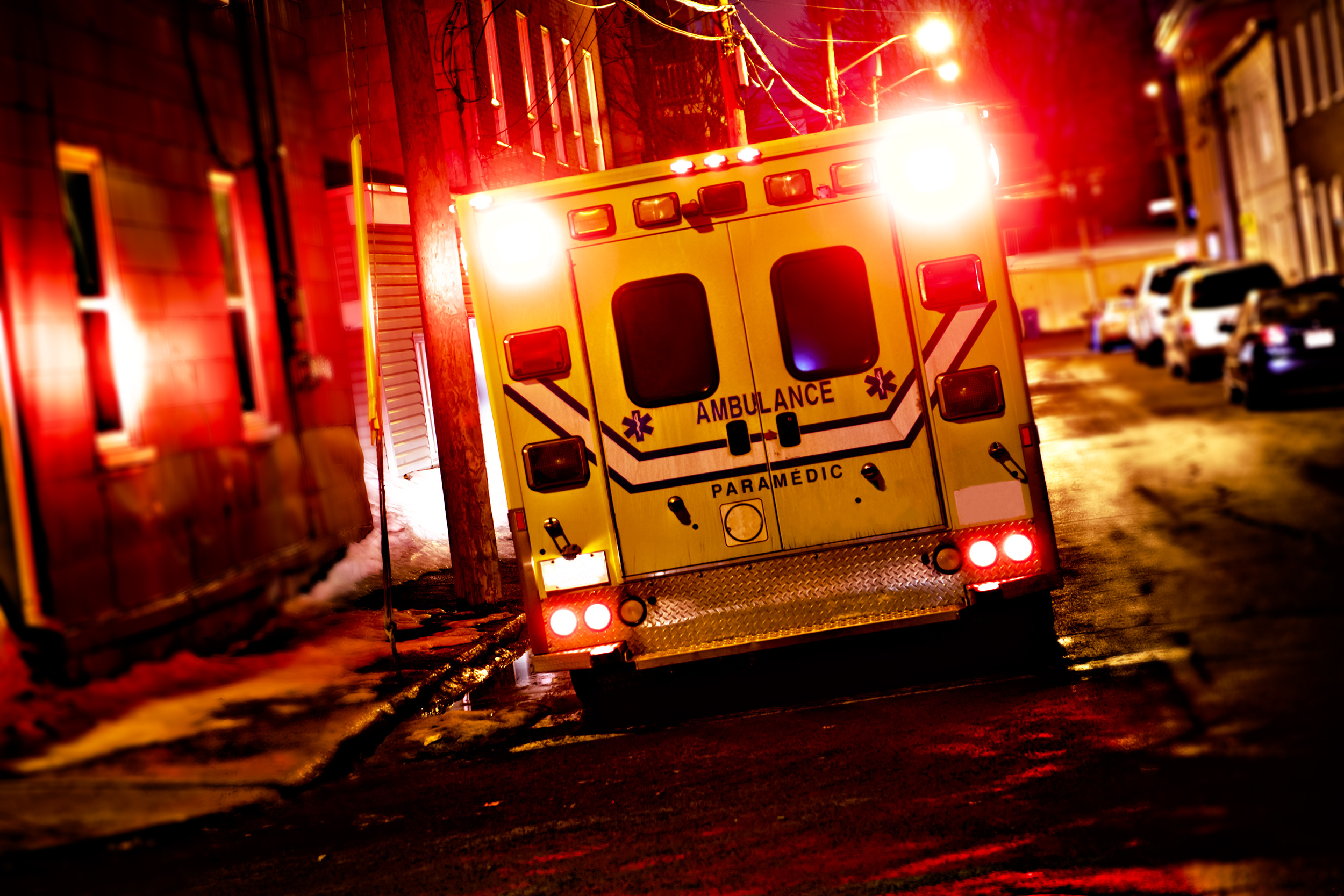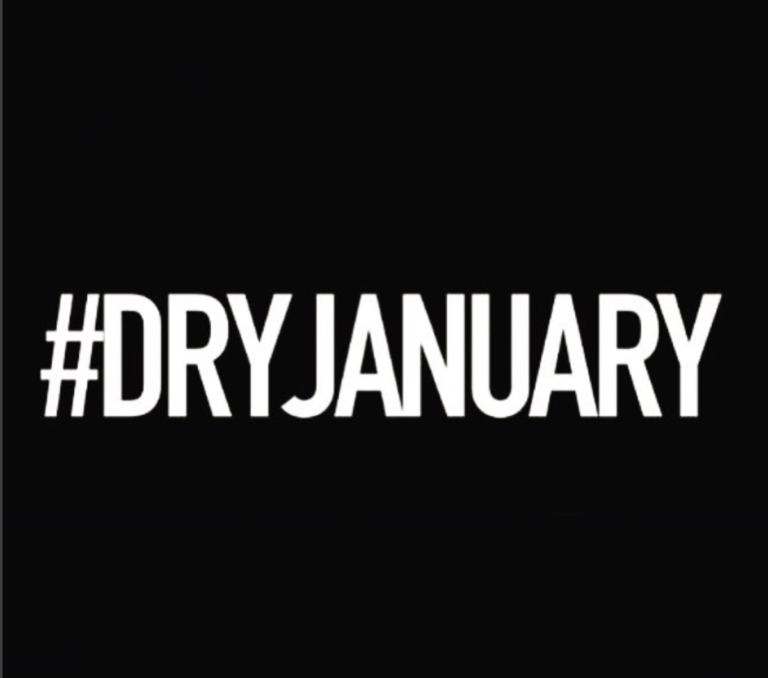With heroin overdoses on the rise, many health officials have sought out unconventional measures to reduce fatalities within their districts. Interestingly, New Jersey appears to be leading the pack; with local leaders greenlighting the administration of buprenorphine at locations where OD’s are occurring.
Buprenorphine, for the record, is a medication that treats opioid addiction; helping to soften the withdrawal symptoms after someone comes down from an overdose. It actually works as an accompaniment to naloxone, which is administered first as a reviving agent.
Naloxine has already gained widespread exposure and is carried by most paramedics and first responders throughout the country. According to statistics, it has helped make tremendous strides in reducing fatal overdoses. But many argue that it is only part of the solution and buprenorphine is a necessary component as well.
It is for this reason that New Jersey health commissioner Shereef Elnahal signed an executive order that allows first responders to carry it at all times. That action actually made NJ the first state in the U.S. to include it in their overdose reviving regimen.
“We had a lot of paramedics telling us that someone would be in an ambulance, knocked out, and then receive naloxone, and they would run out of the ambulance,” Elnahal told The Atlantic website. “The pain of withdrawal can be so severe—like a very intense flu—that the person often feels an incredible urge to use drugs again. Buprenorphine can help curb that problem.”
New Jersey, in particular, has been hit hard by the opioid crisis. Last year more than 3,000 residents lost their lives because of an overdose.
But there is one catch with the new procedure. Buprenorphine does require a prescription and people who receive it need to obtain permission from an ER doctor. Those steps are taken after the fact and ultimately, a patient’s insurance will be billed for the dosage.
There are, of course, hiccups to that scenario. In many cases, overdose victims do not have proper insurance; which could create complications. Elnahal explained that she is well aware of that issue and hopes to refer buprenorphine claims to hospital charity-care programs, which provide treatments at no cost. That issue, though, may be the reason that the buprenorphine program isn’t getting approved nationally.
“We’ll need to track this closely because I don’t think it’s been done before,” Elnahal concluded. “But it’s a very promising intervention that could become a new standard of care.”

ambulance car parked on the side street at night






